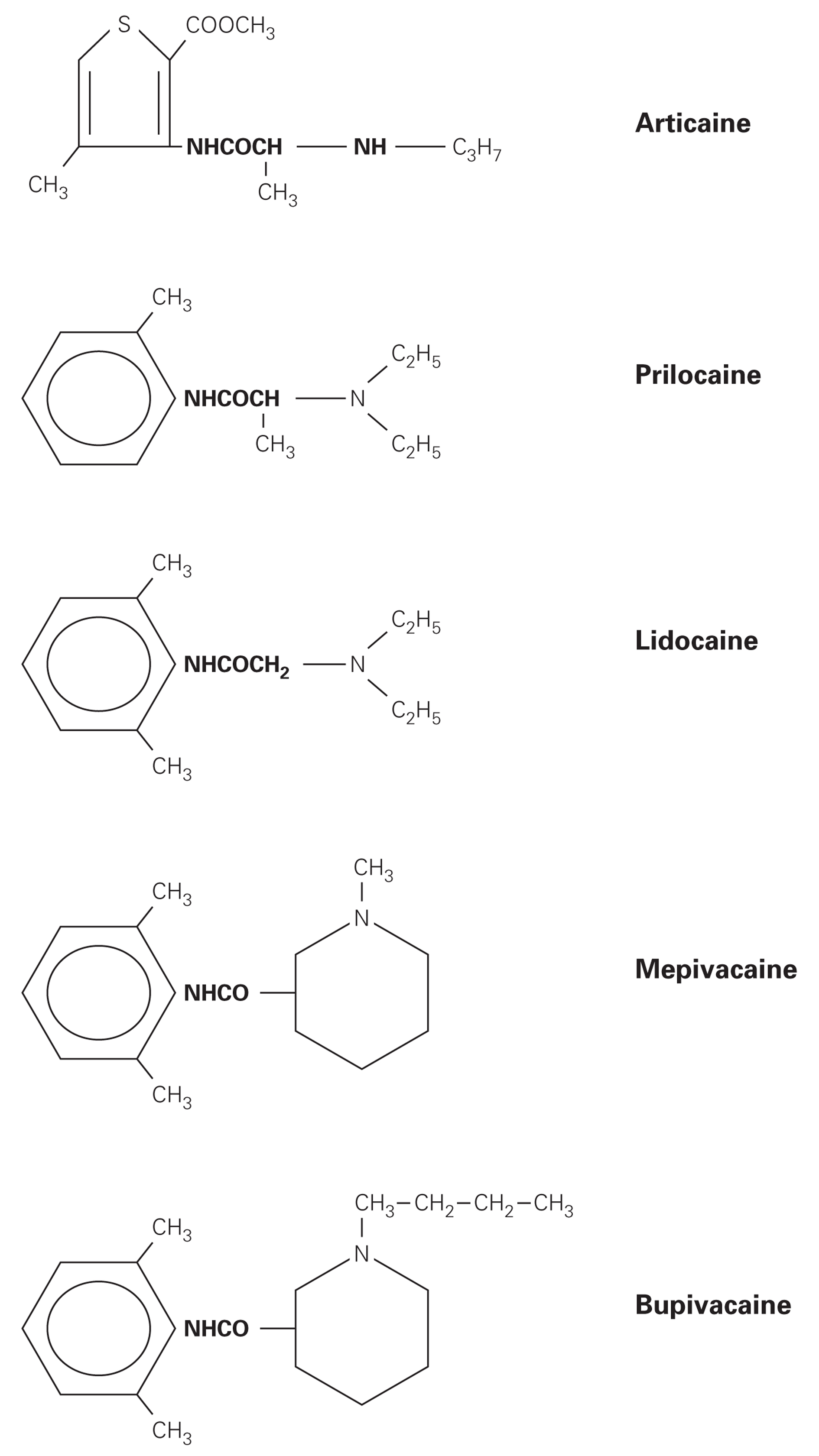INTRODUCTION
The allergic reactions due to anesthetics are not very frequent and less still by an IgE-mediated mechanism. A cause of it, we don't find many cases published. We introduce a case of allergy to an anesthetic suggestive of being IgE-mediated.
CASE REPORT
We report a case of a 51-year-old woman who had a reaction with the administration subcutaneous of a local anesthetic (LA) composed by articaine and epinefrine, in the context of a dental procedure. The reaction consisted in erithema and edema of lips, face and eyelids without any other symptom. It apperead inmmediately to the administration of the anesthetic. The reaction was resolved with treatment with corticoids in two days. The patient had more dental procedures without LA some times after without any reaction.
After obtaining the patient's written consent, we began the allergic study. Skin tests were performed with commercial LAs: lidocaine 10 mg/ml (Braun Medical SA, Barcelona, Spain), mepivacaine 20 mg/ml (Braun Medical), bupivacaine 2.5 mg/ml (Inibsa SA, Barcelona, Spain), and articaine 20 mg/ml (Normon S.A.).
Skin prick tests were negative for epinefrine and all the LA except articaine with a wheal of 6 mm higher than histamine. We carried out controls in 10 healthy patients. All they presented negative prick test with articaine.
Also we did a subcutaneous challenge test with mepivacaine (0.3 and 0.5 ml) with negative result. Provocations with the rest of anesthetics of this group were not carried out because the patient refused it.
DISCUSSION
Articaine is one of the most used LA in dental procedures. The literature shows that immediate allergic reactions to LA are rare, fewer than 1 %1-4. The medical history and the allergy study suggest an immediate IgE-mediated hipersensitivity reaction to articaine.
There are published some cases of allergic reaction to local anesthesics but we didn't find any case of immediate allergic reaction to articaine.
Although it has only been done provocation with mepivacaine, the carried out explorations suggest that there is not cross-reactivity with the rest of anesthetics of the group amide (bupivacaine, mepivacaine and lidocaine). A difference in the ring of the chemical structure could explain this. Articaine has a tiofen ring while others LA of the amide group have a phenil-metilated ring (fig. 1).
Figure 1.--Local anesthetics of the amide group.






